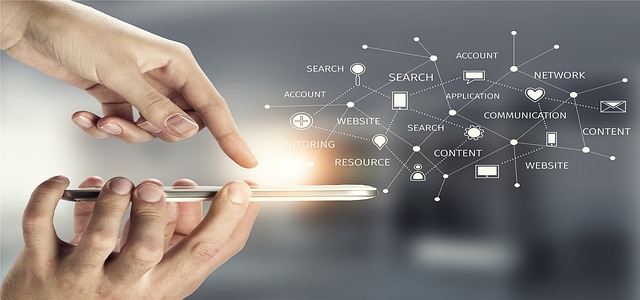
Summary
This article explores the transformative role of data and digital technologies in shaping the future of healthcare, focusing on the emergence of “digital innovation hospitals.” It examines key technological advancements, including AI, IoT, and cloud computing, and their impact on patient care, operational efficiency, and medical research. The article also highlights the importance of data security, interoperability, and ethical considerations in this evolving landscape.
Safeguard patient information with TrueNASs self-healing data technology.
Main Story
Okay, let’s talk about how healthcare is changing, because it really is a whole new ball game these days. We’re seeing this big shift towards digital, where data and tech are becoming the heart of how hospitals work. Think of it as the rise of the “digital innovation hospital”. It’s all about using data and digital tools to totally rethink how we deliver, manage, and even research healthcare. Pretty cool, right?
Basically, these hospitals are built on a mountain of data. We’re talking about Electronic Health Records (EHRs), patient portals, even those wearable devices people use for tracking their steps—they’re all part of the mix. And it’s not just about having all this information, its about actually using it effectively. If you get it right, that data can give us some seriously valuable insights into a person’s health, larger health trends, and where things in the hospital are slowing down. The real magic happens when you start using advanced analytics – AI and machine learning – to sift through all of that. I mean, it’s like having a super-powered microscope for patient data! Think about what you could accomplish with that type of capability.
There are a few key technologies really making this happen. One, AI. It’s not just robots taking over the world, you know? It can analyze medical images, figure out who’s at risk for certain things, make personalized treatment plans, and even automate a lot of the paperwork. This allows doctors and nurses to do what they do best: focus on patients! The Internet of Things (IoT) also plays a major part; imagine smart medical devices, wearable sensors, and all those remote monitoring tools. That means we can keep tabs on people continuously, catch issues early, and step in before things get too serious. Then there’s cloud computing which stores all the data safely and allows for faster sharing. That’s crucial for working together and developing new health apps. And with 5G we’re getting super-fast internet that can make remote surgeries and telehealth possible, with the help of augmented reality too.
It’s transforming the patient experience, that’s for sure. For instance, you now see a whole lot more personalized treatment plans, with the use of AI and data analytics to tailor medicine to a specific individual’s genetic makeup, lifestyle, and so on. Telehealth is expanding access to care, too, particularly for those in rural areas, or those who just don’t have the means to come to a hospital easily. And because you now have mobile apps and patient portals, you have much more control over your own health, too, letting you access your records and get in touch with the doctors quicker and easier. It really does allow you to become an active participant in your healthcare journey! With early detection, targeted approaches, and continuous check-ins you just have better outcomes as a whole, and less readmissions.
But it’s not just about patients, it’s also about how hospitals function, these changes are also streamlining how they work, which is vital. AI can predict patient traffic, which will allow for resources to be allocated more efficiently, and robotic automation is also automating tedious administrative tasks which saves time and money, all around this is a big step up. On top of all that, having all that data is speeding up medical research. Big datasets and analytics mean we’re discovering new ways to diagnose diseases, find cures and treatments.
Now, it’s not all sunshine and rainbows, naturally there are challenges we need to address. First, protecting patient data is HUGE, because we have to safeguard people’s information from cyberattacks and follow the privacy rules. Second, getting all these different systems and devices to actually work together is a major pain in the butt, because seamless data transfer is essential for things to run smoothly. Finally, all this new technology with AI raises some real ethical questions about potential biases, and being open about what’s going on is crucial. Who’s accountable for what if things go wrong?. I can imagine this is going to cause some conversations moving forward.
So, what’s the big picture? Well, digital innovation hospitals are the future, I think that much is clear, promising more personalized and accessible healthcare. As these technologies get better we’re going to see a whole lot more change across the healthcare system. If you think about it, it’s pretty amazing, it’s going to change lives for the better and equip medical staff better. This, as of today January 15, 2025, is the latest in a very quickly evolving field, its been great to talk about it with you!


Be the first to comment